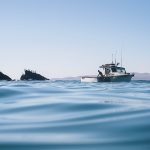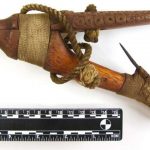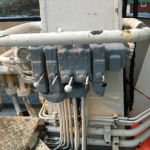Tag Archives: Snake River dams
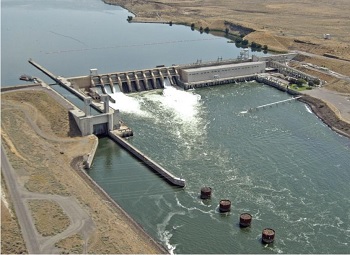
Report: Removing Lower Snake River dams – Bill filed to save Snake River dams.
If four Lower Snake River dams were breached to support salmon recovery, the energy, irrigation, recreation and other benefits they provide to the Pacific Northwest could be replaced for $10.3 billion to $27.2 billion, according to a draft report released Thursday by U.S. Sen. Patty Murray, D-Wash., and Washington Gov. Jay Inslee. The report does not take a position on whether the hydropower dams should be removed, but finds that breaching offers the best chance to recover salmon runs in the Columbia and Lower Snake rivers,,, >click to read<
Republican representatives, led by Rep. Dan Newhouse, R-Wash., introduced federal legislation on Thursday to protect the four lower Snake River dams from being breached. The bill was introduced just hours before a draft study commissioned by Sen. Patty Murray, D-Wash., and fellow Gov. Jay Inslee, a Democrat, was released. The draft study concluded that it would be costly, perhaps requiring more than $27 billion, but the dams could be breached and their benefits replaced. It would be the action most likely to restore endangered salmon runs and benefit tribes, the draft study said. >click to read< 10:52
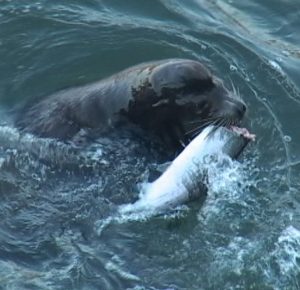
Salmon runs: Remove sea lions
Breaching the Snake River dams will not guarantee an improved salmon run. A better suggestion might be to remove the sea lions from the Columbia River and severely restrict fishing as our Canadian neighbors are doing for their Fraser River run. It is difficult for more salmon to get upstream when they are being overfished, and each sea lion consumes 15 to 40 pounds of fish per day. By John Crawford >click to read< 09:21

Plan to removal Snake River dams should be supported
As a commercial fisherman, I have never felt more abandoned or frustrated by the elected officials I voted into office. The governor and senator say that they care about local jobs. They would do well to remember this: Washington’s fleet of coastal commercial salmon fishermen has gone from 3,041 in 1978 to 102 people fishing in 2018. >click to read< By Tele Aadsen
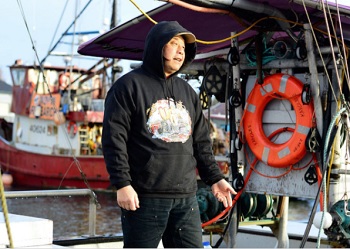
“What if the dams came out?” – Snake River dams proposal draws accolades, criticism – It will take an Act of Congress
It’s a “pinch me, this is real” moment, said Amy Grondin. So when she heard Republican U.S. Rep. Mike Simpson of Idaho announce a proposal to breach all four Lower Snake River dams, infamous for blocking salmon passage, she saw a ray of hope. Titled the Columbia Basin Fund, the plan calls for replacing the dams’ hydroelectric energy production with other sources. The fund also would ensure that flood control, farm irrigation and grain transportation are addressed, all to the tune of $33 billion. >click to read< 09:24
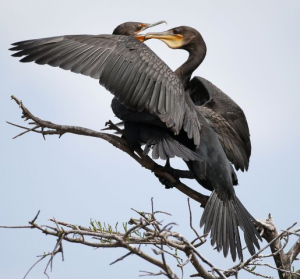
Environmentalists are dragging us back to the Dark Ages
In the early 1990s, our small group of Potlatch employees in cooperation with members of the Lewiston and Clarkston chambers of commerce were researching environmental claims that the lower Snake River dams were devastating salmon runs, when we learned about East Sand Island, a man-made island in the estuary of the Columbia River. The island was formed from dredging deposits in 1983 and by 1984, Caspian terns, cormorants and gulls had colonized the island and were feasting on salmon smolts. We thought: “Wow, this is an easy fix. Tear out a man-made island and save millions of endangered fish.” The environmentalists beat us to the punch. They filed in federal court to protect the island and the birds under the Migratory Bird Treaty Act of 1918. Now we have the largest nesting colony of these non-endangered birds in the world on a man-made island. by Marvin Dugger >click to read< 09:50
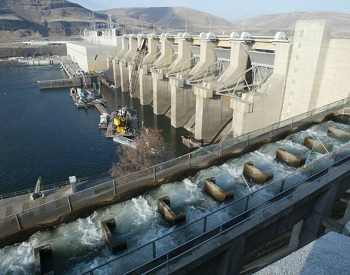
Fight to keep Snake River dams is not over
Those who see breaching the dams as the best option to restore salmon populations and the endangered killer whales that feed on them, will be working hard to get that determination changed, Dam-breaching advocates insist that the electricity produced by dams could be replaced with wind and solar production, said Rick Dunn, general manager of the Benton PUD. But utilities disagree. Breaching and risk of blackouts The Snake River dams provide insurance against blackouts, he said. Without them the probability of regional blackouts in the Northwest would double, according to the draft report. more, >click to read< 13:00

Governor Brown Calls for Tearing Out Snake River Dams. Washington Reps Are Outraged!
Brown said removing the four lower Snake River dams in Washington state is the most certain way to boost salmon and steelhead recovery in the Columbia Basin. She sent a letter to Washington’s Democrat Gov. Jay Inslee this week, offering her support — and outraging Washington state’s three Republican U.S. congressional representatives. “Gov. Brown’s position is not only misguided, it is shocking and extreme,” said Reps. Dan Newhouse, Cathy McMorris Rodgers and Jaime Herrera Beutler, in a joint statement Friday afternoon. >click to read< 13:14
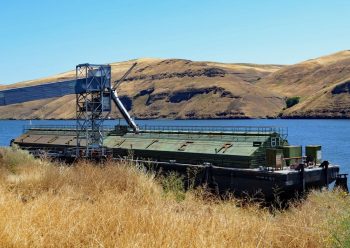
Letter: Fishing and farming communities need solutions
Washington Governor Jay Inslee’s draft report on the lower Snake River dams raises important questions about the future of our region’s salmon runs, energy and infrastructure. But one of the most important considerations in the report is the future of our rural economies — from here on the Pacific coast to the inland Northwest. Commercial salmon fishermen and wheat growers have a lot in common. We work hard and we have deep pride and commitment to the land and waters we call home. We also face similar challenges when it comes to keeping our communities vital and thriving. Too often, we feel we’ve been left behind. >click to read< by commercial fisherman Joel Kawahara

Wheat farmers fear extinction if Snake River dams are removed to help orcas
In the southeastern corner of Washington state, wheat goes down the river, while salmon are trucked up around dams on the road. “And taxpayers pay for all of it,” said Sam Mace, with Save Our Wild Salmon. “Isn’t there some option of switching this around,” Mace asked, >(Salmon Cannon?)< “the fish on the river and the wheat off the river?” In Western Washington, it could seem like a no-brainer: The orcas of the Salish Sea are hungry, because there are fewer and fewer of the salmon they depend on. Removing the four dams on eastern Washington’s Snake River would help the salmon that use the river to spawn–and thus the whales that eat the salmon. But the view from eastern Washington is different. There, the dams are important to the state’s wheat growers, fourth- and fifth-generation farmers who are worried about their future. >click to read< 13:33

Pawning off one farmer as representing all is a cheap trick in the dam-removal campaign
Advocates for tearing down the Snake River dams made a scheming move last week in Olympia, but they didn’t fool Eastern Washington lawmakers. If anything, their failed strategy strengthened the resolve of many of our region’s legislators, who were frustrated by the misrepresentation. Here is the story: A Seattle-based marketing firm sent out news releases this month saying that an “unlikely alliance” of fisherman, farmers and small business owners was gathering April 10 at the state capitol to support creating a forum focused on the dams. >click to read<13:07
Ruling forces discussions on breaching Snake River dams to save salmon
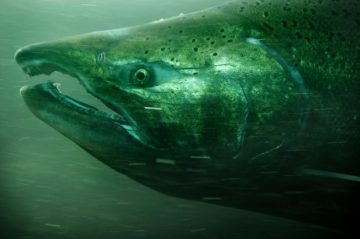 A federal judge is forcing discussion of a radical step to save endangered salmon: taking out four dams on the Lower Snake River. The public will get a chance to weigh in at meetings throughout the Northwest starting next month. “Scientists tell us that removing the four Lower Snake dams is the single most important action we could take to restore salmon in the entire Columbia-Snake river basin,” said Sam Mace of Save Our Wild Salmon. The four dams produce about 5 percent of the Northwest’s hydroelectric power. They allow barges to ship goods between Lewiston and Portland. But they also hamper salmon migration to some of the best remaining fish habitat. Read the story here 13:07
A federal judge is forcing discussion of a radical step to save endangered salmon: taking out four dams on the Lower Snake River. The public will get a chance to weigh in at meetings throughout the Northwest starting next month. “Scientists tell us that removing the four Lower Snake dams is the single most important action we could take to restore salmon in the entire Columbia-Snake river basin,” said Sam Mace of Save Our Wild Salmon. The four dams produce about 5 percent of the Northwest’s hydroelectric power. They allow barges to ship goods between Lewiston and Portland. But they also hamper salmon migration to some of the best remaining fish habitat. Read the story here 13:07






































